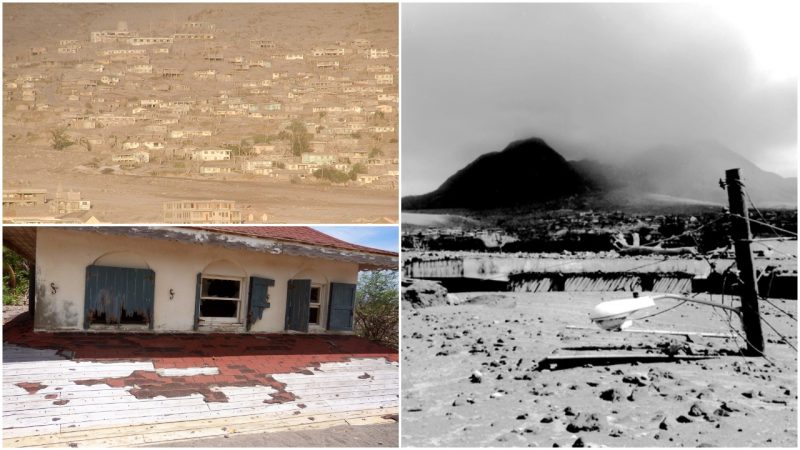Montserrat, an island located in the Lesser Antilles of the West Indies, has long been referred to as “the Emerald Isle of the Caribbean,” but since 1995, it has also been dubbed “the Pompeii of the Caribbean.”
The island was for a time a British colony. Roughly 39 square miles, it is now populated by about 5,000 people. It didn’t always belong to the British. Christopher Columbus visited in 1493 and bestowed on it the name “Santa María de Montserrat,” after the Virgin of Montserrat in the island’s monastery. According to archaeologists who are studying the area, the “Tainos,” the oldest known Montserratians, inhabited the island roughly between 500 BC to 500 AD, living in small coastal villages. The Irish settled there in the 1640s and invited the French to claim it, which they did. Not long after, the English ousted the French, and the Treaty of Breda was signed, officially making Montserrat a territory of the Crown in 1667.
As the economy grew due to the production of rum, sugar, and sea island cotton on its plantations, Africans were brought in and sold as slaves—a grimly common practice in the Caribbean.
Also, Irishmen were sent to the island as indentured servants, and after Oliver Cromwell’s rise to power in Ireland in 1649, some arrived as exiles. One of the reasons it was called the Emerald Isle was because of so many Irish immigrants.
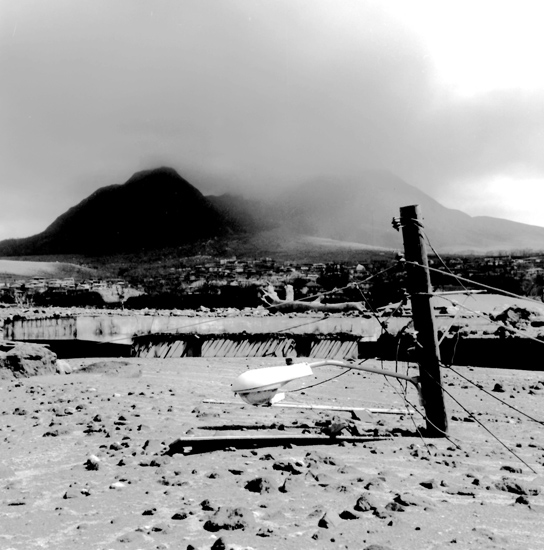
At Runaway Ghaut in 1712, George Wyke and Edward Parson, with 400 men, protected the island against 3,500 Frenchmen while the residents ran for the hills.
On St. Patrick’s Day in 1768, the slaves planned a rebellion, thinking their masters would be caught off-guard as they celebrated the holiday. Their plans were overheard, the rebellion was suppressed, and nine slaves were executed.
Olaudah Equiano, the slave of Robert King of Philadelphia, was working as a sailor and trader from the Caribbean to North America. After Equiano set aside enough money to buy his freedom in 1766, he sailed to England and helped the abolitionist cause with his book The Interesting Narrative. Much as Harriet Beecher Stowe’s book Uncle Tom’s Cabin did in the United States, the story made the British public aware of the horrors of slavery. In 1834, the 6,401 slaves on the island were freed when emancipation was declared. Apprenticeships replaced slave work, but planters continued to abuse workers and paid them very little, causing apprenticeships to end in 1838.
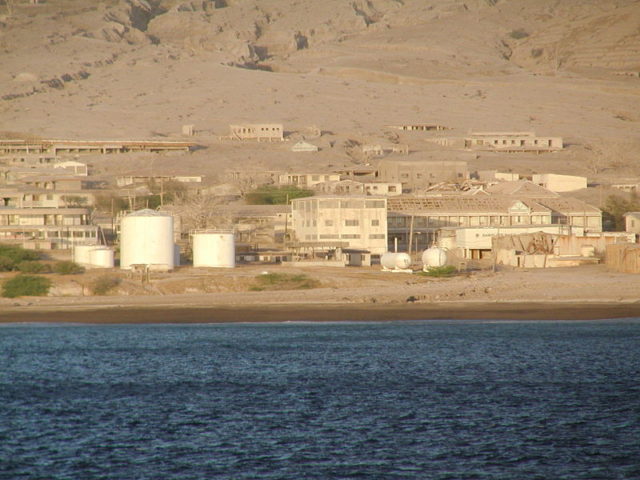
Monserrat is one of the 14 British Overseas Territories. In 1979, Sir George Martin, manager of the Beatles, built a state of the art recording studio there called AIR Studios Montserrat, and it was a favorite among many famous rock musicians, including the Police, Sir Paul McCartney, Sir Elton John, and Eric Clapton. The studio was destroyed when Hurricane Hugo hit the island in 1989.
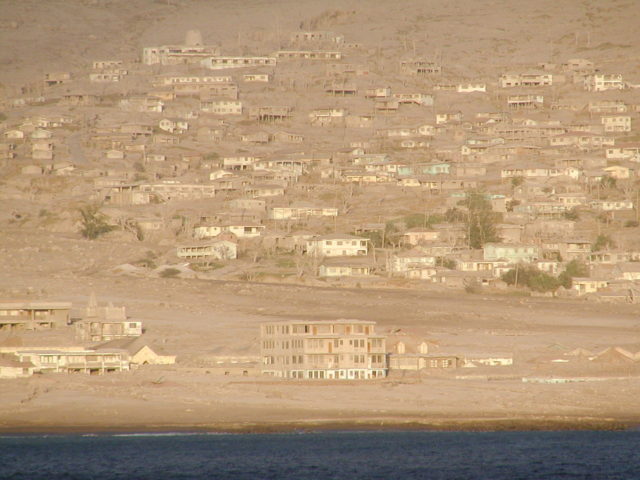
In July 1995, Montserrat’s Soufrière Hills volcano erupted after being asleep for hundreds of years, burying Plymouth, the island’s capital. Over 39 feet of mud and ash devastated the southern part of the island. The area was evacuated, and even now, police permission must be received before anyone can enter the exclusion zone where the volcanic activity occurred.
On June 25, 1997, a pyroclastic flow spilled out of Mosquito Ghaut and poured down, killing 19 people who had not evacuated the Streatham village area. For several years, the volcano erupted ash into the exclusion area in the south and occasionally spread the ash into the northern and western parts of the island. From November 2009 through to February 2010, the most recent activity at the Soufrière Hills volcano, ash vented and an explosion caused pyroclastic flows down the sides of the mountain.
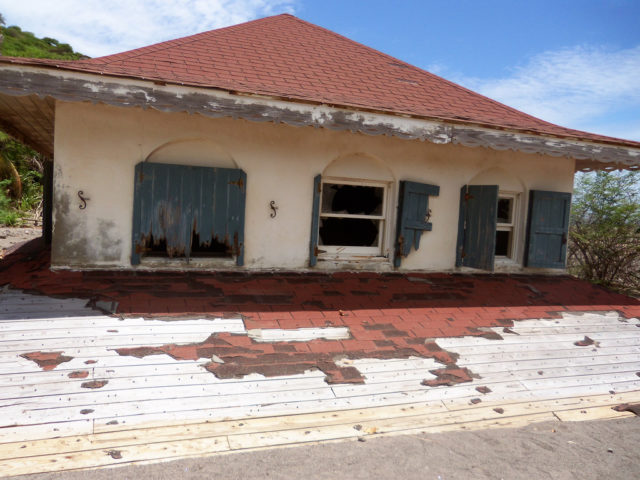
Montserrat Volcano Observatory tracks the activity of the volcano and is open to the public for a small fee. Visitors can watch a short documentary showing the eruption and the effects. A view of the volcano and the ruins of Plymouth can be seen from the Observatory’s terrace.
The northern part of the island still has the characteristics of a Caribbean Island and is a reasonably safe and popular tourist destination. It offers restaurants and hotels, beaches, and a vibrant nightlife.
